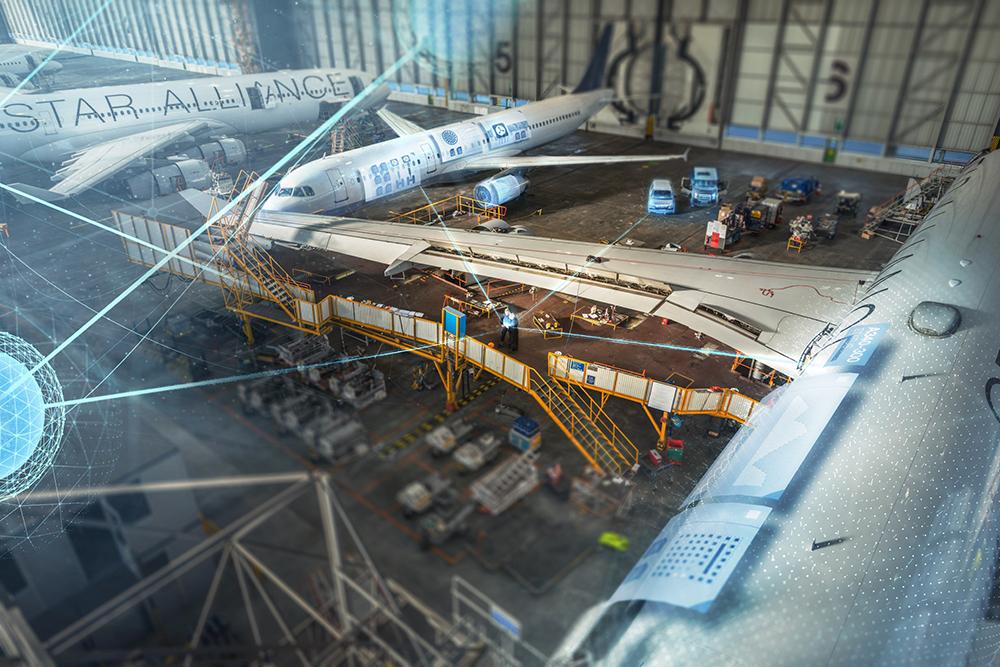
AMSTERDAM—The aftermarket is embracing data analytics and artificial intelligence techniques for a variety of use cases and placing ever more emphasis on machine learning algorithms for detecting defects on aircraft.
During a discussion about artificial intelligence (AI) and machine learning (ML) at Aviation Week’s recent MRO Europe event, Steve Vance, director at IT and business consultancy CGI Aerospace, explained that ML has been around for many years. He notes that the process of doing predictive maintenance to understand historic data and deliver analytics is not new to the MRO industry, “but now, we're moving to a level whereby machines can actually make decisions based on that data and that's really where AI comes in,” he says.
Vance cites multiple sources of data that could be leveraged for AI and ML, including airline schedules and availability of engineers, parts and maintenance facilities. He also highlights data from historic equipment failures. “You're using the airframe parts and failure history to understand historically what data you've got in your enterprise and what that has meant historically, so that you can try to predict the future based on that information,” he says.
Vance says a game changer could be use of technology such as ACARS (Aircraft Communication Addressing and Reporting System) and satellite communications to get real time information. He believes these data sources are key fundamentals that should be used to unlock the value of AI and ML.
“Invariably, you have a lot of data across your organization which is in silos,” says Vance, noting that AI and ML could help bring the data together to begin predicting scenarios. He adds: “Evaluating the performance of an algorithm is key to being able to unlock the value, because without this fusion of data, the process and the constant evaluation of an algorithm, you won’t have the insights from the machine to be able to deliver value for your organization.”
Elsewhere, challenges caused by unplanned events such as airworthiness directives or urgent engine inspections can have a knock-on effect on maintenance slot availability and supply chain management. Phil Cole, head of civil aviation at AI specialist Aerogility, believes this is where the adoption of AI solutions could be used to rectify issues.
“The integration of model-based AI into an organization’s MRO planning can help to investigate the implications of different operational decisions,” says Cole. “The ability to project future consequences is key to reducing operational risk. AI technology supports organizations to better prepare for unforeseen events highlighted in the data and ensure operations and productivity can continue, helping planners anticipate potential challenges or opportunities, even during times of uncertainty.”
As Cole points out, the software can enable users to configure their models in different ways to assess how operations will run if they encounter a problem, which could impact efficiency. “For example, if a modeled scenario demonstrates that an aircraft could become unavailable for an extended timeframe, the application of AI enables planners to take action and put in place alternative solutions,” he says.





